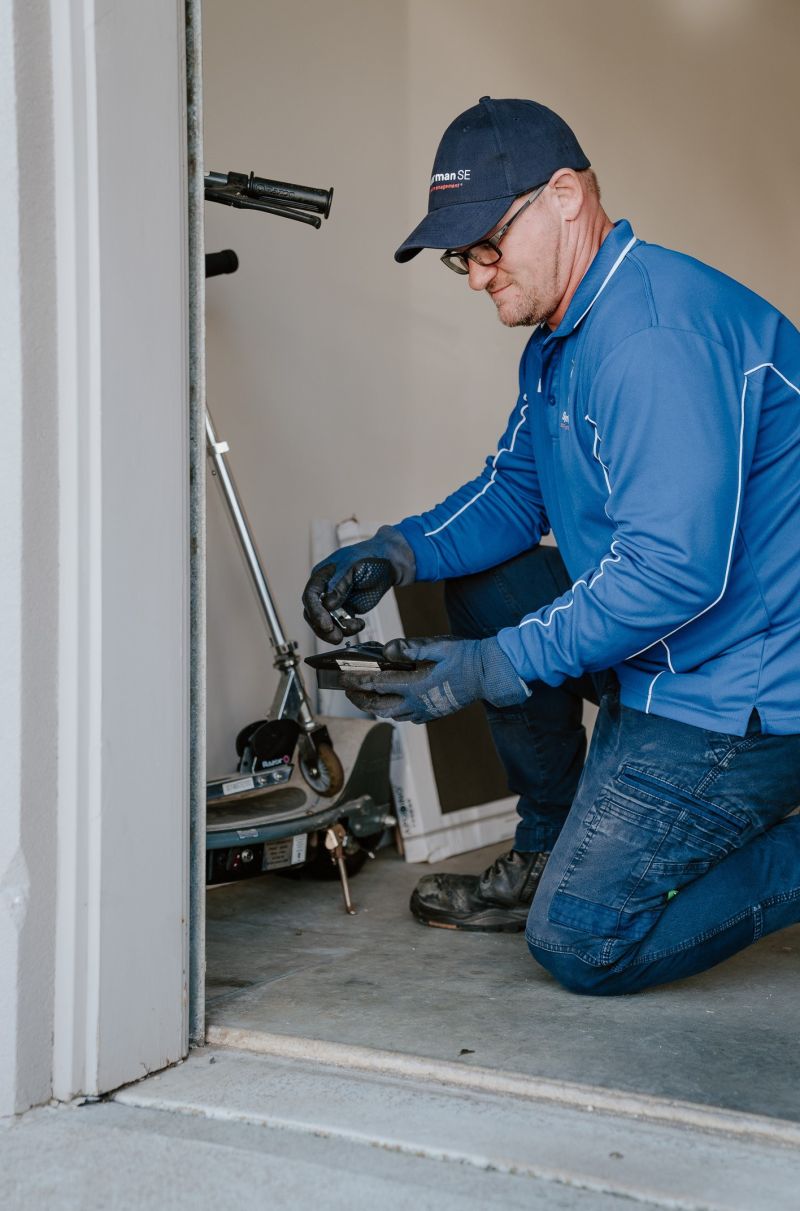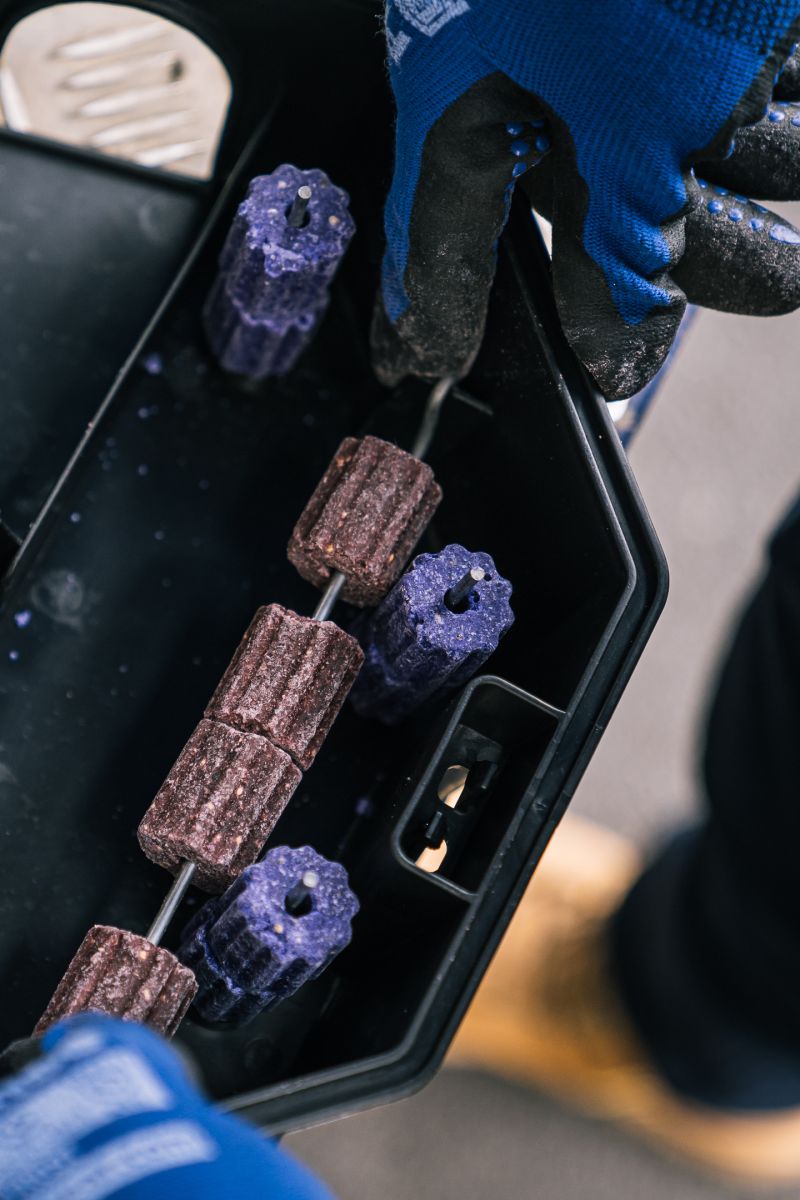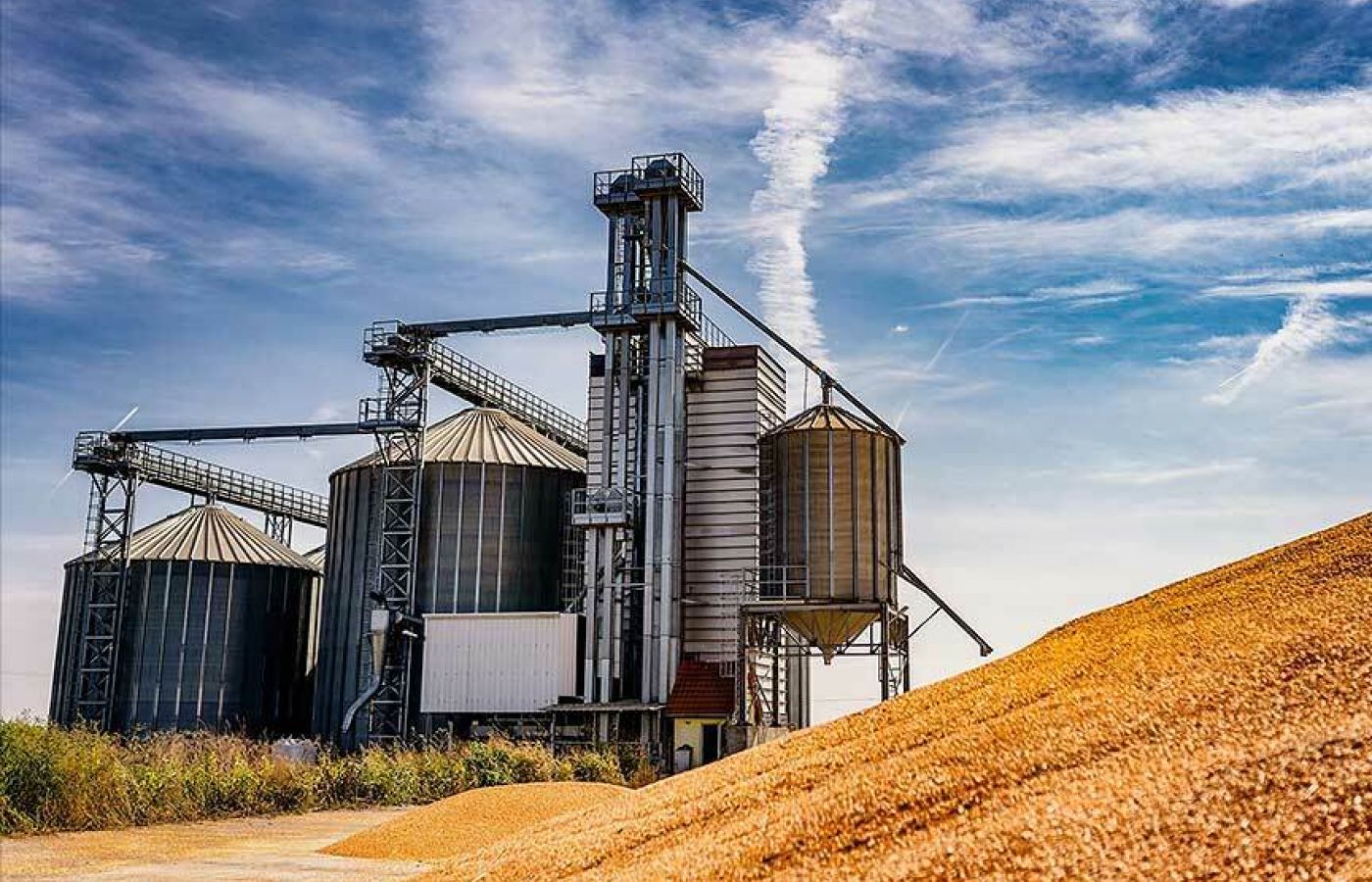
Mice love frolicking in the fields through spring and summer. When the conditions are good for farming, you can bet they are also good for mice!
There are lots of places mice love to call home on a farm - paddocks, sheds, feed stores, chicken runs and, of course, the farmhouse. These little rascals can be a nightmare for farms, causing crop damage, loss of feed and fodder, contamination of stored grain, and spreading disease.
Rodents pose a risk to both animal and human health on farms. Mice and rats spread the bacteria that causes Leptospirosis infections in both animals and humans. The bacteria can be spread through contact with soil, water or vegetation contaminated by urine from infected animals.
Rats and mice can also cause economic damage to your farming operation. In addition to spreading disease, they can reduce your crop's profitability through seed destruction and spoilage. These little blighters have also been known to destroy infrastructure through structural and electrical damage.
Recently, mouse populations appear to have a more persistent problem in grain-growing areas. Rather than being a seasonal problem, base populations carry over from one year to the next.
Here are some simple strategies to keep the mice away, whether you have a significant grain-growing property, a hobby farm, or something in between.
Proactive mouse management measures
The best way to avoid a mouse problem on your farm or property is always to take preventative actions. Start by mouse-proofing your house, grain storage and stock feed areas by sealing up gaps and preventing access to food sources.
If there's a tasty buffet of food available, the mice will be sure to find it. Ensure fodder and grain used for feed are stored securely in sealed containers.
Inspecting and monitoring rodent hot spots
Always be on the lookout for mouse activity around your property. It's crucial to act early to reduce the damage that mice can do. Diligent monitoring for burrows in your paddocks and mice activity in fodder stores, chicken runs and sheds around your property will be the key to success.
Take a walk in your paddocks and look for active burrows. An easy way to monitor numbers is to walk a 100m section of your crop and count the number of active burrows in a one metre wide strip. If there are more than two to three active burrows per section, you may have a problem. Keep a record and do this regularly.
Make your own chew charts using regular office paper with a 1cm grid pattern printed on them. Leave the chew charts in areas where you have seen mouse activity. You can estimate the level of mouse activity by comparing your chewed paper with a chew chart guide online. See here for a handy mouse chew card.
Share mouse information
Mice don't pay attention to fences and property boundaries, so a collaborative approach with your neighbours is essential. Talk to your neighbours about mouse activity and arrange coordinated rodent control activities.
The Mouse Alert website is a handy resource for farmers. You can log your mouse activity here and check mouse activity in your area.

Bait for success
Rodents are very efficient breeders, and their numbers increase rapidly. Baiting early, before there are a lot of other food sources available, is your best chance. Work with your neighbours to bait large areas for widespread impact and reduce the chances of them returning (the mice, not the neighbours!).
Timing is critical when it comes to baiting. It is vital that baits are the easiest to find and tastiest looking snack around. Mice can find crop seed in four to five days, and some studies have shown that mice can cause up to 5% damage each night.
It is also critical to get the dosage right. The first dose needs to be fatal. Otherwise, the rodents will learn from their mistake and not eat another bait. The mice might be smarter than we give them credit for.
Always continue monitoring by walking your paddocks and using chew charts to ensure your baiting is successful.
Baiting for safety
It is important to use the right bait in the right area. We want to keep all other farm animals safe! Lockable bait stations are the safest options, especially around houses, structures and where pets or livestock live and play.
The team at Spiderman SE are here to help you safely control rodents around your property. Our highly trained technicians will choose the right bait for the right place to help you keep the mice away while ensuring your kids, pets, and livestock are safe and sound.
If you need help with rodents or pests on your property, call us. We protect properties throughout SE South Australia, the Green Triangle, Limestone Coast, and SW Victoria.

